On 23 September 2020, the Australian Association of National Advertisers (AANA) released their updated Advertising Code of Ethics and associated Practice Note (the Code). These changes apply to all advertisements in Australia and will take effect from 1 February 2021.
If you are involved with advertising within Australia we suggest you familiarise yourself with these changes, as any advertising found to be in breach of the Code can be required to be altered or withdrawn entirely.
We have set out the key changes below:
Gender Stereotypes
The Code has been amended to clarify that ads depicting harmful gender stereotypes are not permitted.
What is not allowed:
Ads must not suggest that skills, interests, roles, or characteristics are:
- always uniquely associated with one gender;
- the only options to one gender; or
- never carried out or displayed by another gender.
Examples of this include:
- Making fun of those that do not conform to gender stereotypes;
- Depicting a product as being inappropriate for a certain gender but not another; and
- Depicting one gender failing at a task or lacking certain skills that are stereotypically inherent to another gender.
What is allowed:
This rule does not prevent ads from featuring:
- Only one gender;
- Products designed or made for only one gender (i.e. tampons); and
- Gender stereotypes if it is for the purpose of challenging the negative impacts of that stereotype.
Focusing on Body Parts
The Code already provides that “advertising must not employ sexual appeal in a manner that is exploitative or degrading”.
It now specifies that ads should not focus on body parts where they are not relevant to what is being advertised. This includes close ups or long-still shots on private areas such as breasts and buttocks or cropping for the purpose to emphasise these body parts.
Overt Sexuality
Advertisements should not be overtly sexual or display overtly sexual images or actions.
What is not allowed*:
- Sexually suggestive poses (i.e. sexual positions, legs parted, model pulling down underwear or hand on or near private areas in a way that draws attention to the region)
- Suggestive undressing (i.e. pulling down underwear or bra strap)
- Sexualised activity between two or more people
- Images or displays of models in clothing where a sizeable amount of any private area (breasts, buttocks, genitals or pubic mound) can be seen
- Images or displays of sexually suggestive paraphernalia (i.e. whips or handcuffs) in combination with models who are undressed, in lingerie or sexually suggestive poses.
*We note that this list is not exhaustive.
What is allowed:
- Images of models in underwear or bikinis.
- Poses that are not sexualised. (i.e. hands on hips or hands away from private regions)
- Images of models interacting in a way that is not sexualised.
- Images of models that are “no more than mildly sexual”.
Obscene Language
What is not allowed:
- The ‘F’ and ‘C’ words, even in circumstances where the audience is restricted. This includes both verbal and non-verbal representations; and
- Partly or insufficiently censored obscene language.
What is allowed:
- Completely bleeped out or censored obscene language; and
- Words that rhyme with, or are similar to, obscene words when used in a light-hearted and humorous manner
- The amended Code also notes that sexual double entendre will generally be permitted where it is used so that children would understand a non-sexualised interpretation.
Unsafe Practices
Advertisements must not promote activities contrary to prevailing community standards on health and safety, or dangerous activities that children may imitate. It does not matter if such depictions are for the purpose of advertising a product or service. Examples include:
- Unsafe driving/not wearing a seatbelt
- Motorcycling or bike riding without helmets
- Children riding on vehicles they should not be (i.e. tractors)
- Unsafe use of vehicles, tools or machinery
Influencers
It is important for influencers and affiliates to distinguish the commercial relationship between themselves and a brand when promoting products/services in exchange for money or free products/services.
Upon receiving money or free products/services from a brand in exchange for promotion, an influencer or affiliate must clearly communicate the commercial relationship by using labels such as:
- #ad
- Advert
- Advertising
- Branded Content
- Paid Partnership
- Paid Promotion
Mentioning the brand name or using vague labels such as “#sp, Spon, Affiliate, gifted, Collab” will not suffice.
We note that it is not mandatory for brands to follow this rule where they are advertising their own products/services on their own network.
Wrap Up
There have been a number of changes to the Code and the way it should be applied by advertisers. If you are involved in advertising within Australia, it is crucial that you ensure your ads are compliant with these changes.
To read the updated Code, see here or here for the new Practice Note. You can also access the complete guide on Overt Sexual Imagery in Ads here.
Long Saad Woodbridge has been advising advertisers for over 15 years. We will continue to monitor the developments and update our clients accordingly.
For further assistance in this regard please contact Eric Louca at elouca@lswlawyers.com.au.
Important Disclaimer: The content of this publication is general in nature and for reference purposes only. It is current at the date of publication. It does not constitute legal advice and should not be relied upon as such. Legal advice about your specific circumstances should always be obtained before taking any action based on this publication.











